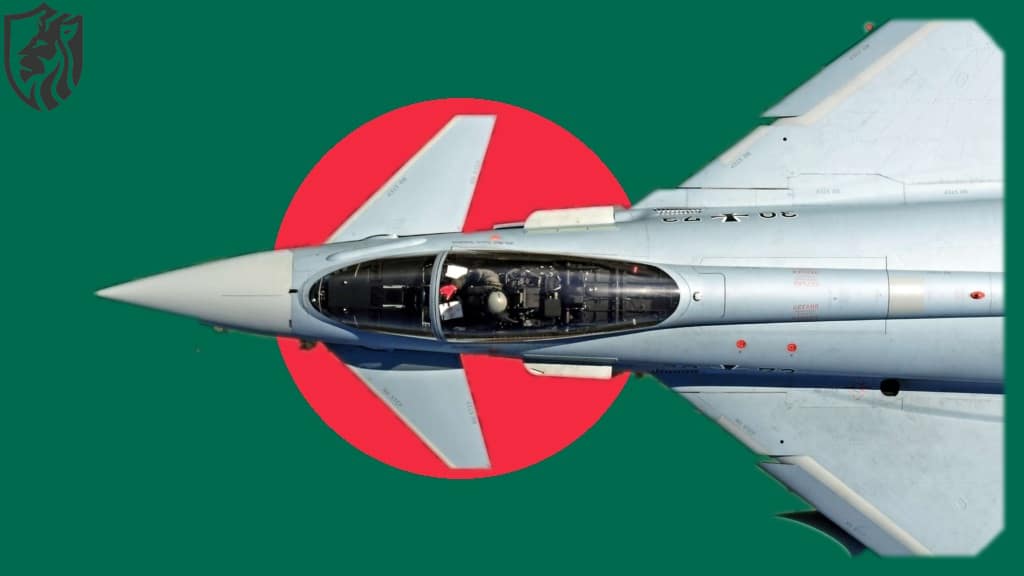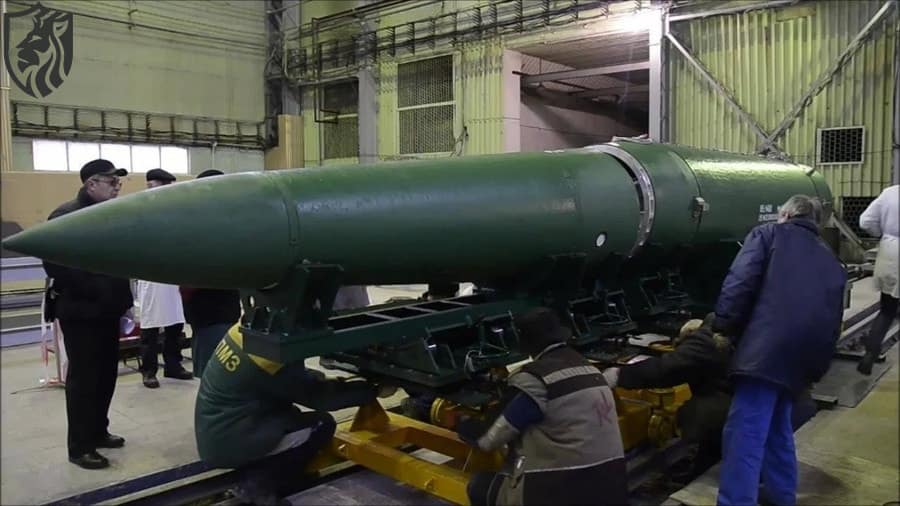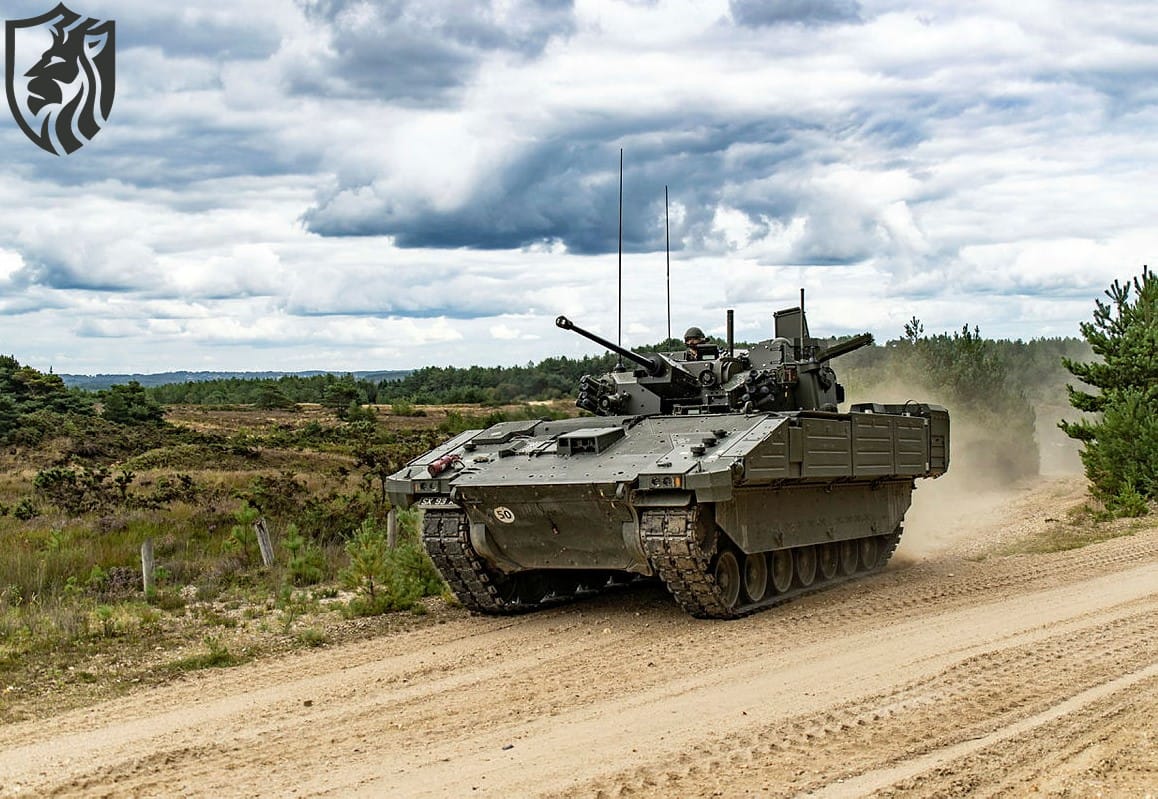
Pakistan’s Faaz-II BVRAAM
What is Pakistan’s Faaz-II BVRAAM?
Pakistan’s Faaz-II BVRAAM is a homegrown beyond-visual-range air-to-air missile designed to extend engagement reach and complicate enemy counter-tactics. According to the manufacturer’s information, it can hit swift jets, drones, and helicopters as far away as 180 kilometres, travelling at speeds of about Mach 3.5.
It also uses active radar and infrared seekers to effectively track targets at the end of its flight. These important figures place Faaz-II among long-range BVRAAMs intended to deny safe airspace long before a merge.
Design: Propulsion, Seekers and Guidance
The Faaz-II missile reportedly uses a dual-pulse solid rocket motor, a proven approach that brings an initial boost and then a second “sustain/sprint” pulse to preserve energy late in flight. In BVR combat, the second pulse helps the missile make sharp turns and keep its speed at the end of the flight.
This enhances its effectiveness when manoeuvring for terminal guidance. The RF seeker offers long-range acquisition and ECCM modes, while the IIR seeker adds passive, counter-jam resilience and better target judgement in clutter.
Probable Performance: Range vs No-Escape Zone
While maximum range is a useful headline, planners care more about the No-Escape Zone (NEZ)—the envelope inside which a cautioned target cannot kinematically outrun the missile. Based on the disclosed propulsion and mass classes, an NEZ on the order of ~50–60 km is a reasonable estimate for Faaz-II, assuming high-altitude shots and favourable geometry. The figure is stable for the NEZ behaviours seen in other long-range BVRAAMs (e.g., Meteor’s large NEZ emphasis).
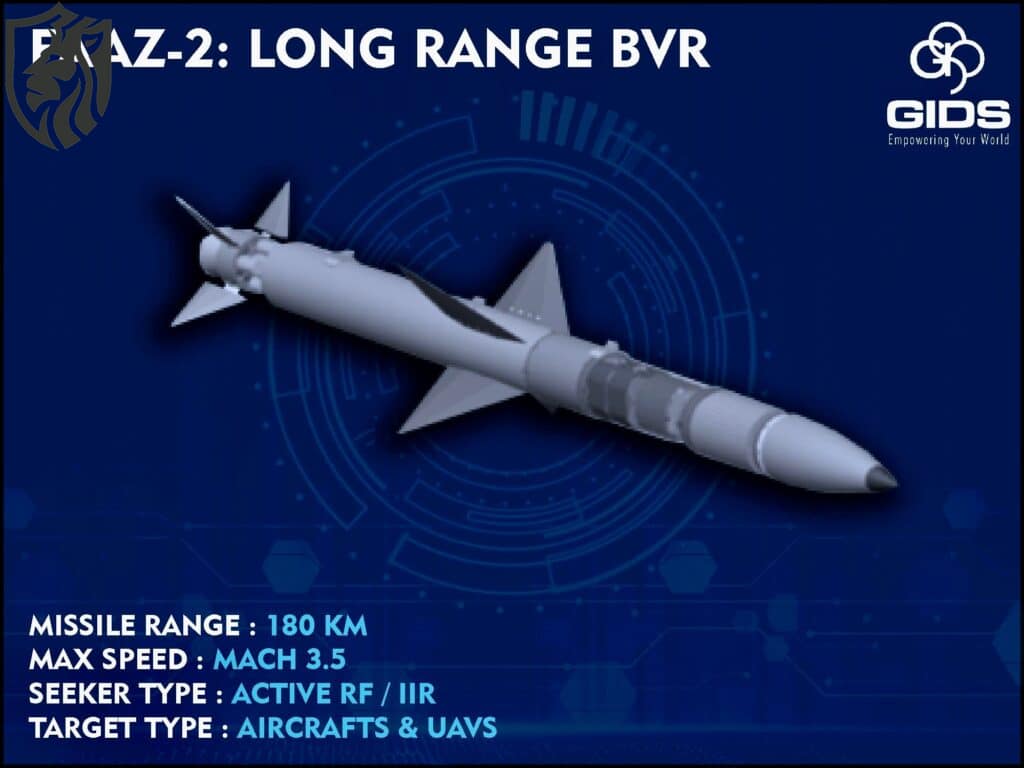
Industrial Team and Production Route
The Faaz-II missile is accredited to a state-led consortium—NESCOM and Air Weapons Complex (AWC)—with GIDS acting as OEM and production house. This reflects Pakistan’s broader approach of pairing government R&D with semi-private manufacturing to accelerate scale-up and export readiness (if approved). Sovereign industry trackers also place Faaz-1 and Faaz-2 on GIDS’s export slate, indicating a maturing family rather than a one-off program.
Regional Context: How It Stacks Up
India’s BVRAAM roadmap centres around the Astra family. Astra Mk-1 is operational at the ~100–110 km class; Astra Mk-2 targets ~160–200 km depending on flight profile; and Astra Mk-3 (Gandiva), an SFDR/ramjet type, is being stated in the 300 km-class envelope for specific high-altitude shots.
In this situation, Faaz-II reaches about 180 kilometres. Its dual-pulse motor sustains energy through flight. That puts it in Astra Mk-2 territory. However, the headline range does not provide the complete picture. Real gains come from integration and tactics. Robust sensor fusion closes the capability gap.
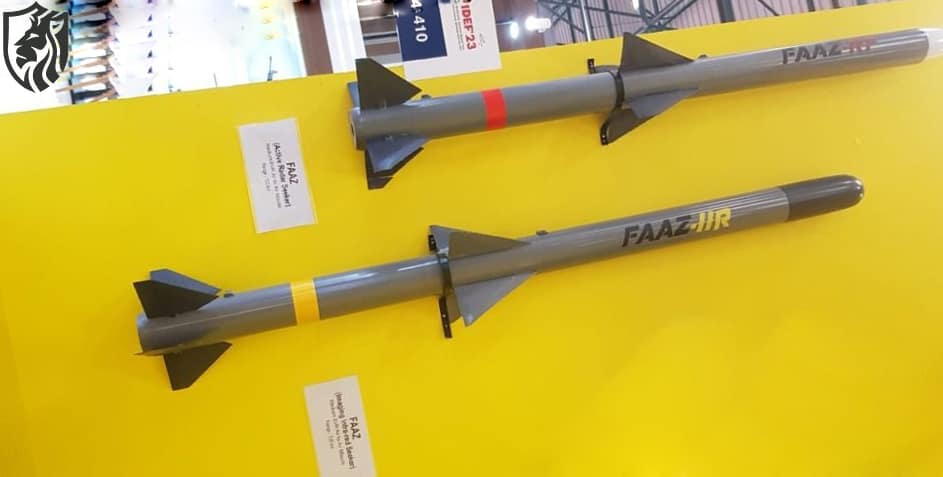
Strategies: Why Dual Seekers Matter
Electronic attacks, decoys, and aggressive manoeuvres are the norm in modern aerial combat. A dual-mode terminal package (RF + IIR) helps windbreak against jamming and aspect changes. If a target defeats the RF track with ECM or notching, an IIR hand-off can preserve end-game lock using the target’s thermal signature.
Contrariwise, if the IIR is confused by background clutter, RF can reassert. This multi-path approach underpins the Faaz-II BVR missile design intent—reliable end-game closure rather than just a big brochure range.
Integration and Export Viewpoint
GIDS put the Faaz series on show at IDEF. It reinforced the message in its “Road to the Future” catalogue. The aim is clear: reach more international customers. In 2024, Turkish media flagged fresh tech cooperation. Reports tie GÖKTUĞ to Pakistan’s Faaz-II program.
That partnership could speed seeker and data-link improvements. It could also strengthen joint testing and certification pathways. Export readiness, however, remains unclear and will depend on Pakistan’s policy choices and partner sensitivities.
References
- https://www.gids.com.pk/road-to-future
- https://quwa.org/pakistan/munitions/gids-faaz-and-faaz-2-air-to-air-missiles/
- https://www.flightglobal.com/fixed-wing/india-tests-astra-air-to-air-missile-with-indigenous-seeker-head/163771.article
- https://turdef.com/article/turkiye-and-pakistan-to-cooperate-on-air-to-air-missiles



